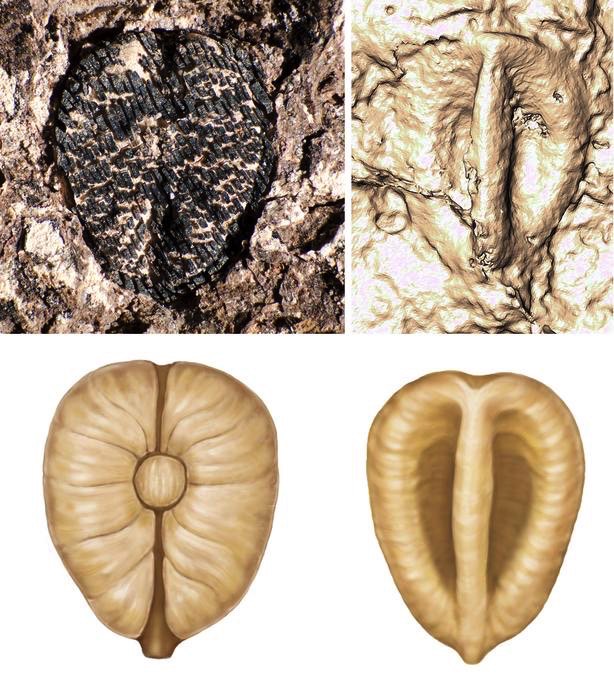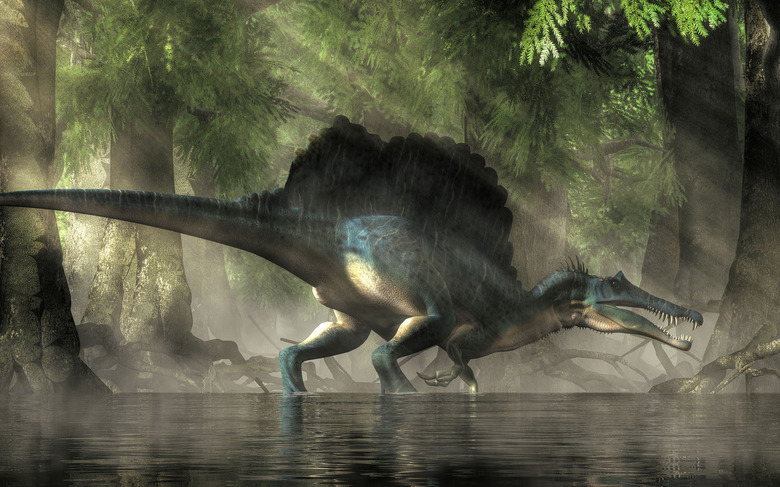Dinosaur Extinction May Have Given Us Grapes, And I'll Toast To That
Who knows what life would have looked like on Earth if an extinction-level event hadn't killed all of the dinosaurs? I highly doubt the dinosaurs would have let us evolve and take over the planet the way we did. While that's just speculation, what seems clearer is that other plants and animals might have developed differently if those big beasts had stayed around.
According to a new study from the Field Museum, one of the plants that the dinosaur extinction might have directly impacted is the grape. Whether you love the fruit, the raisins, or the wine, it appears that grapes were able to evolve and spread thanks to that asteroid that hit the planet all those millions of years ago, wiping nearly everything living on the planet.
It's not that some dinosaur species might have eaten grapes at such speed that they would have endangered this particular plant. But dinosaurs had a huge role in reshaping the world. Due to their sheer size, dinosaurs would often destroy and reshape forests.
"Large animals, such as dinosaurs, are known to alter their surrounding ecosystems. We think that if there were large dinosaurs roaming through the forest, they were likely knocking down trees, effectively maintaining forests more open than they are today," co-author of the study, Mónica Carvalho, said in a statement. Without the dinosaurs around, the forests grew out of control.
As they became more crowded after the dinosaur extinction event, the forest created layers of trees and plants, leading to the formation of an understory and a canopy.
Some plants, like grapes, had to climb on others to get ahead. Without dinosaurs to destroy trees that could support grapes, these continued to grow. It's no wonder that the first fossilized grape seeds were generally found after the dinosaurs disappeared.
Researchers led by Steven Manchester, the senior author of the new paper, found the oldest grape seed fossils in India in 2013. Those date back to 66 million years ago, around the time the dinosaurs disappeared. Fabiany Herrera, the lead author of the new paper and a student of Manchester, set out to find a similar fossil in South America.
"Grapes have an extensive fossil record that starts about 50 million years ago, so I wanted to discover one in South America, but it was like looking for a needle in a haystack," Herrera said in a statement. "I've been looking for the oldest grape in the Western Hemisphere since I was an undergrad student."
Soft tissue fruit like grapes can't survive that long, so the best bet for researchers is to find fossils of seeds. But that's a massive undertaking when you consider how small the seeds of grapes are.

However, Herrera & Co. were lucky to find something that looked like a grape seed fossil in 2022. They were working in the Colombian Andes when they stumbled upon the fossil.
Herrera and Carvalho identified the fossil by its shape and size. They then took CT scans of the fossil to determine its internal structure. The images above show the fossil, the CT scan, and the artist reconstructions. The researchers named the fossil Lithouva susmanii, "Susman's stone grape," in honor of Arthur T. Susman, a supporter of South American paleobotany at the Field Museum.
They determined that the grape fossil was 60 million years old. That's younger than the fossils in India, proving that grapes started to grow around those parts after the dinosaurs died.
The discovery is also important for a different reason. It supports the theory that a South American grape variant is an ancient ancestor of the common grape vine Vitis.
The researchers continued their work in South America, unearthing nine new species of fossil grapes. They were spread around Columbia, Panama, and Peru, with ages ranging from 60 million to 19 million. All of them were distant relatives of the grapes we have today indicating the grape has fought a tremendous battle for its life over the millennia, even after surviving the dinosaur extinction.
The full study is available in Nature Plants.
